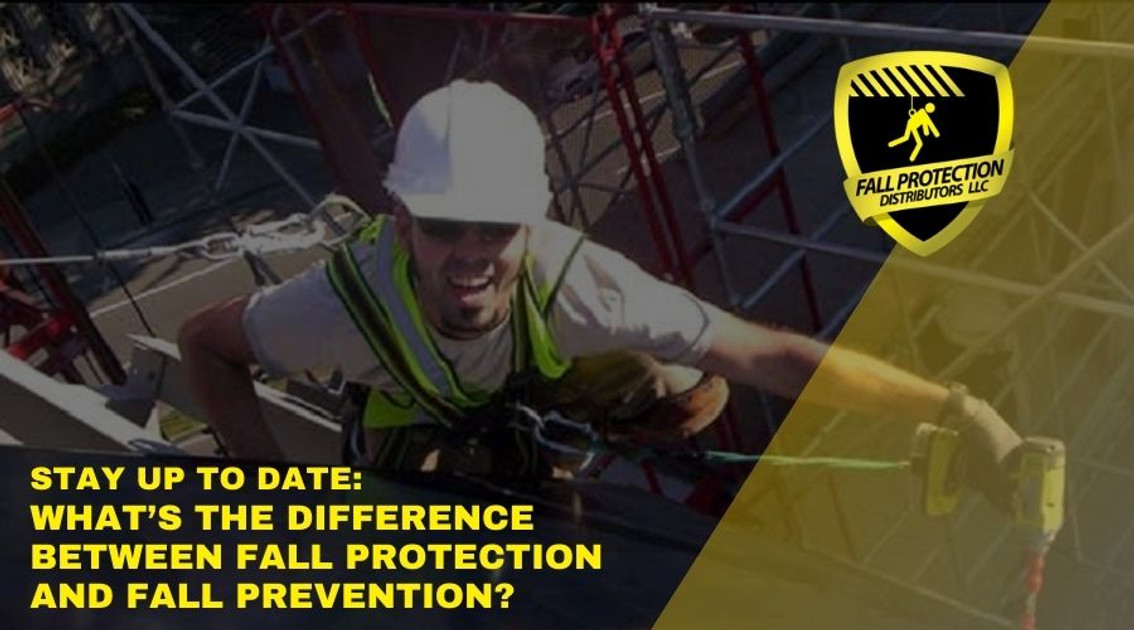Fall Protection vs Fall Prevention?
Posted by Howie Scarboro - CEO Fall Protection Distributors, LLC on Jan 8th 2024
In the dynamic world of construction and roofing, where
heights are an inherent part of the job, understanding the crucial distinctions
between Fall Protection and Fall Prevention is paramount. This article aims to
provide clarity for contractors and roofers, addressing common misconceptions
and shedding light on the practical applications of these safety measures.
Defining Fall Prevention and Fall Protection
Fall Prevention: A Proactive Defense
Fall Prevention is the proactive implementation of systems or processes designed to eliminate the risk of accidental falls. It encompasses training employees to identify potential fall hazards, creating barriers to prevent falls, and employing lanyards as part of fall restraint systems. The goal is to avoid falls altogether, aligning with the adage that prevention is better than cure.
Examples of Fall Prevention measures include:
Training Programs: Educating workers to identify and mitigate fall risks. OSHA training programs can be found easily on the web with lots of variety of programs available.
Guardrails: Installing barriers along open edges to passively prevent falls. Guardrails are addressed in OSHA 1910.29, with excellent information about what the current requirements are to a legal and compliant safety plan.
Self-Closing Gates: Creating controlled access points that automatically close, reducing the risk of falls.
Ladder Cages: Providing enclosures for ladders to enhance safety during ascents and descents. OSHA discussing ladder cages and their requirements in 1910.29(g).
Fall Protection: Minimizing Impact in Case of a Fall
Contrastingly, Fall Protection involves the use of specialized equipment to minimize injuries in the event of an accidental fall. This includes everything from aerial lifts to comprehensive fall arrest systems. While prevention remains the priority, protection becomes crucial when the risk of falling cannot be entirely eradicated.
Examples of Fall Protection equipment include:
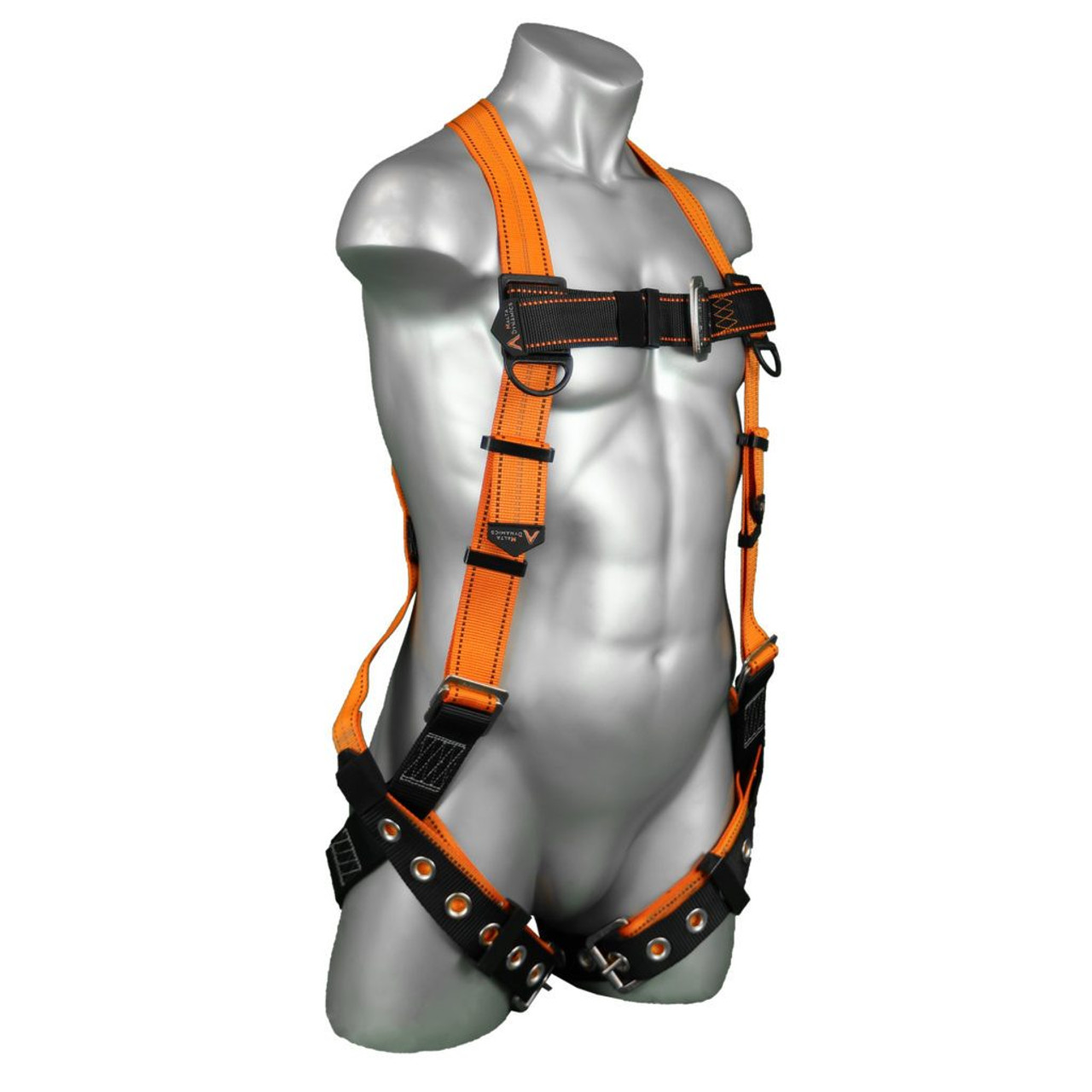
Full-Body Harness: A key component of personal fall arrest protection, featuring strategically placed D rings for attachment. A great example would be the comfortable and affordable Malta Dynamics B2002 harness with plenty of size adjustments.
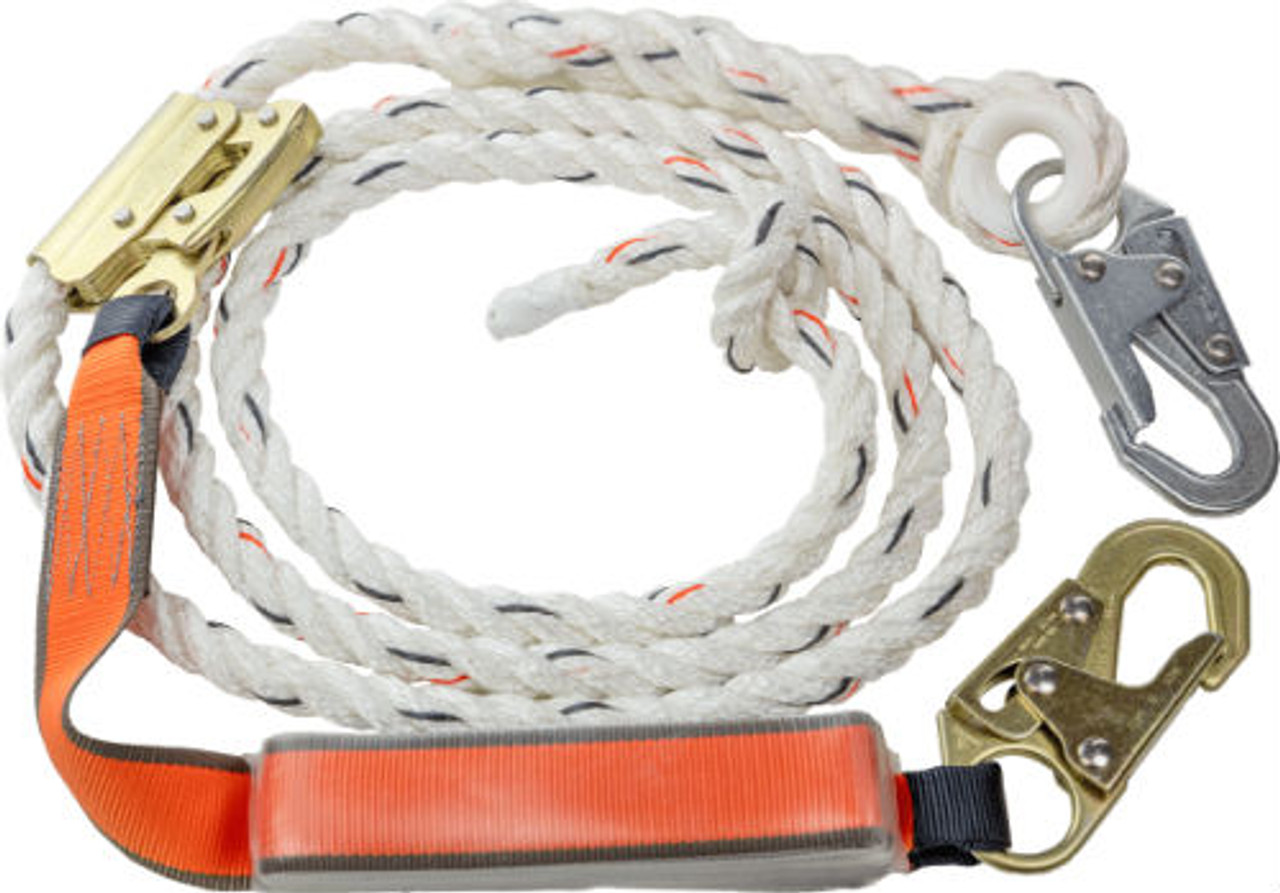
Lanyards: Flexible ropes or straps with secure connectors, acting as deceleration devices during falls. A good lanyard and vertical lifeline kit is the Malta Dynamics C7050. This is a 50' vertical lifeline with shock absorbing lanyard and rope grab.
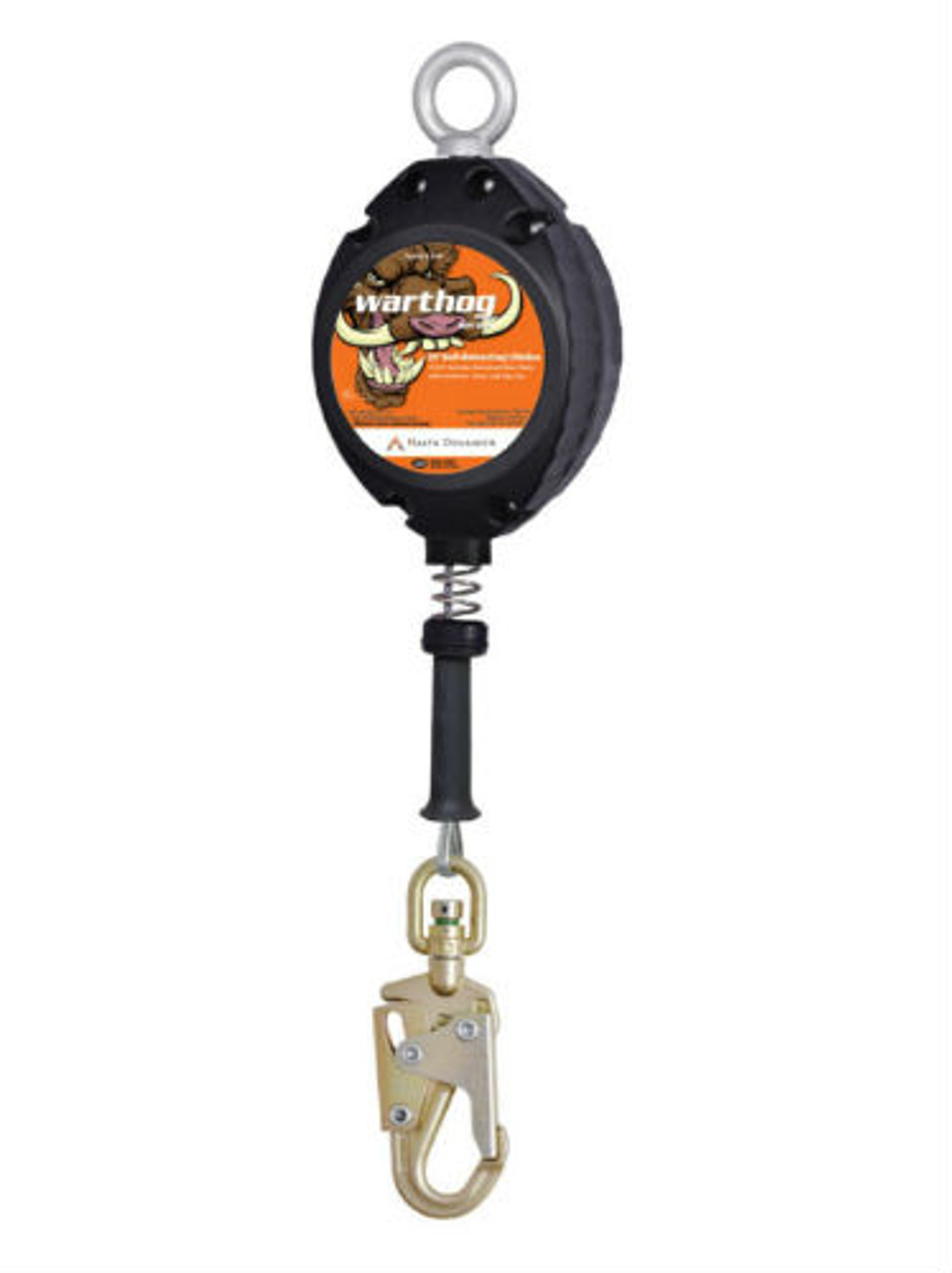
Self-Retracting Lanyard: Ensures minimal slack in the line and locks in case of sudden movement. A very popular option is the Malta Dynamics Warthog 50' C7002.
Anchor Points: Secure points for connecting deceleration devices, essential for fall arrest systems. There are various choices for providing anchor points on roofs. One of the most unique anchor is one designed for standing seam roof systems that don't allow for penetrations through the panels. The Standing Seam Roof Anchor SSRA1 component system allows workers to safely access these types of roofs,. This system even allows for attachment of walkboards and horizontal lifelines on standing seam roofs.
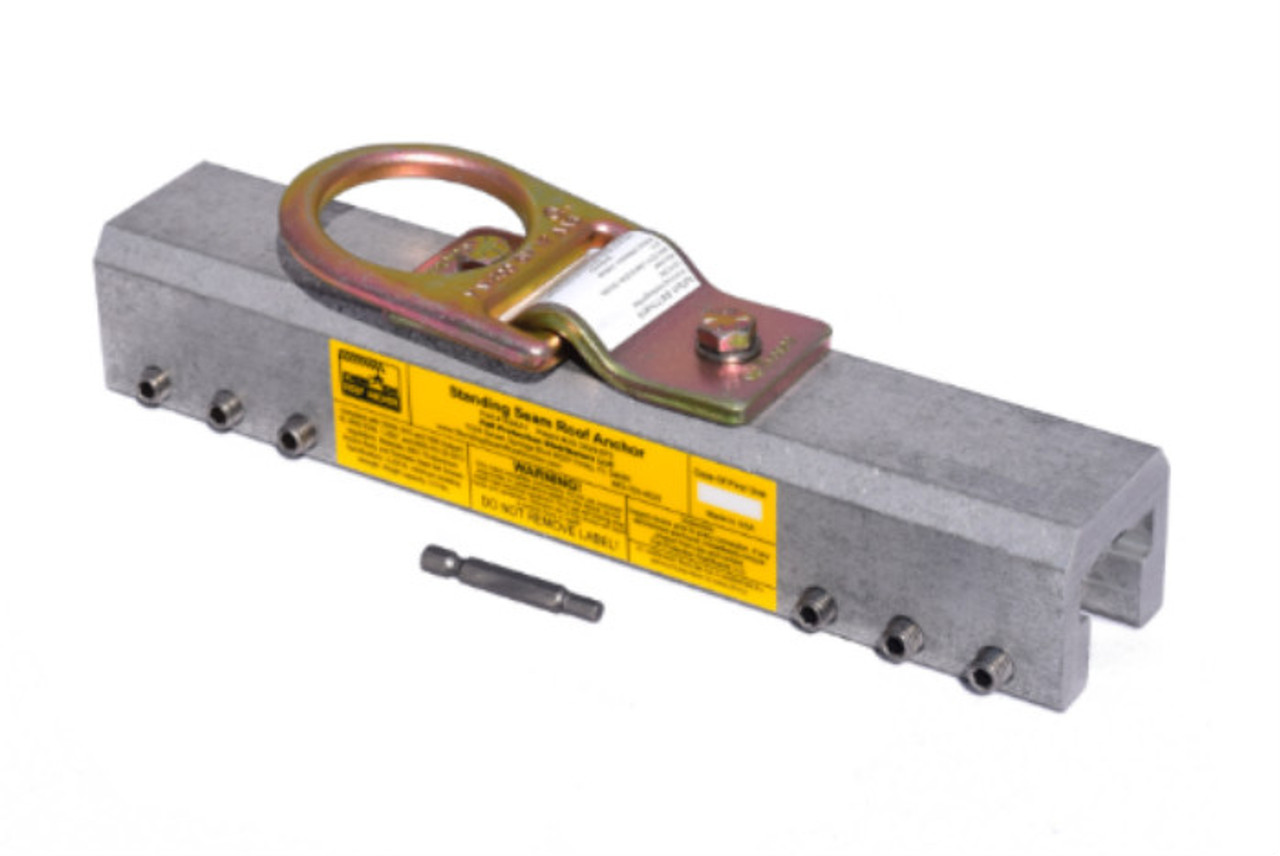
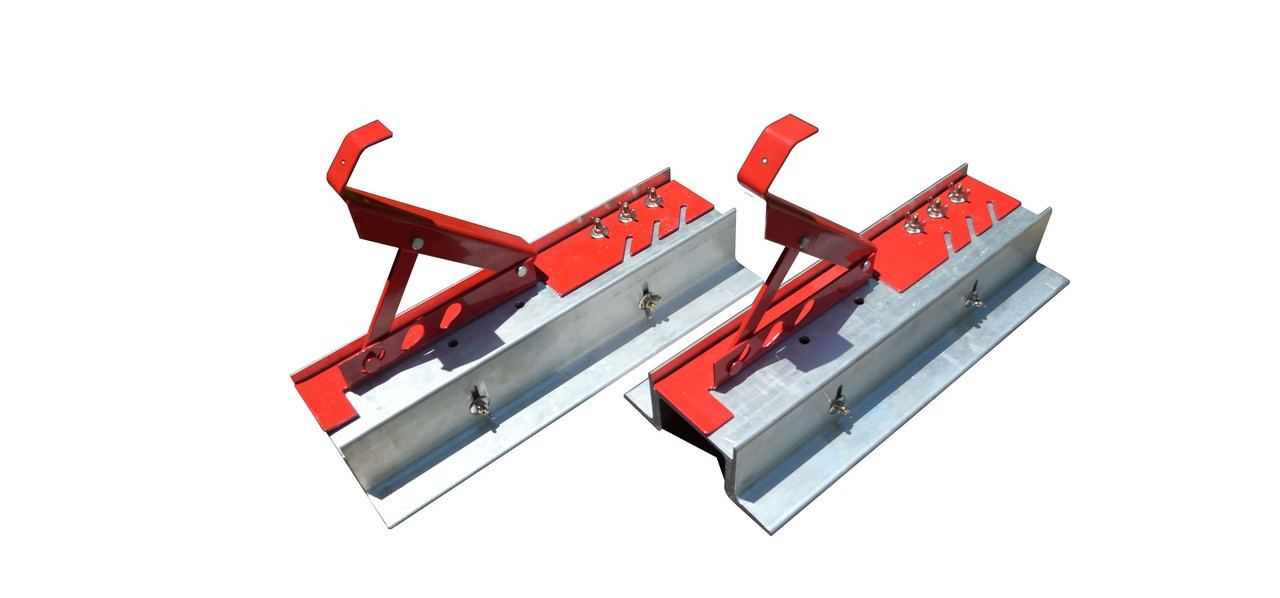
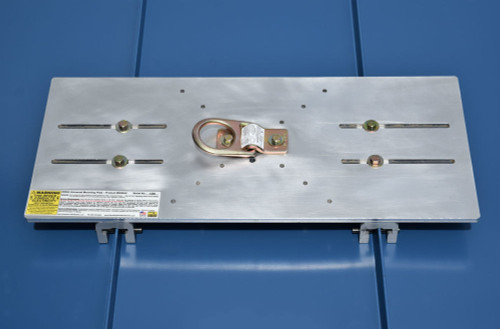
Deciphering Fall Restraint, Fall Arrest, and Fall Prevention Systems
Understanding the nuances between Fall Restraint, Fall Arrest, and Fall Prevention systems is critical in selecting the most suitable safety measures.
Fall Restraint System
A Fall Restraint System actively involves workers by requiring them to engage with the system, using lanyards to prevent falls. It restricts access to unprotected edges, minimizing the risk of falls through active worker participation.
Fall Arrest System
On the other hand, a Fall Arrest System is a form of Fall Protection. It is designed to minimize the chance and severity of injury once a fall occurs. The system typically involves a full-body harness, lanyard, anchor point, and may include components for self-rescue or assisted rescue.
Fall Prevention System
A Fall Prevention System is a passive measure, protecting workers from unprotected edges without requiring active engagement. Examples include guardrails, warning lines, self-closing gates, and ladder cages. Falls are the leading cause of death in construction. Read more about OSHA's efforts to stem this growing problem.
OSHA Standards: When is Fall Protection Required?
Understanding when Fall Protection is mandated by OSHA is crucial for compliance. In general industry, fall protection is required at 4 feet, 5 feet in maritime, and 6 feet in construction. However, exceptions and additional requirements exist based on specific scenarios, such as scaffolding or steel erection activities.
Bridging the Gap: Integrating Fall Prevention and Fall Protection
Contractors and roofers must recognize that a comprehensive safety strategy involves integrating both Fall Prevention and Fall Protection. A synergistic approach ensures a holistic defense against falls, aligning with OSHA standards and promoting a culture of safety awareness.
1. Comprehensive Training: Combine training on fall prevention measures with the proper utilization of fall protection gear.
2. Continuous Evaluation: Regularly assess workplace conditions to ensure the effectiveness of both prevention and protection measures.
Conclusion: A Safer Tomorrow Through Informed Choices
In the world of construction, safety isn't a mere requirement; it's the essence of your business. As a construction contractor, your commitment to safety isn't just about regulations—it's about nurturing a culture where each team member feels valued. Integrating Fall Prevention and Fall Protection goes beyond compliance; it's a pledge to fortify against the worst imaginable accident that could have been prevented.
Your decisions resonate in the trust your team places in your leadership. Beyond blueprints, you're crafting a narrative of care, resilience, and a future where every workday is a secure step forward. As the hammers quiet, remember: safe heights, sound structures, and a legacy built on commitment—yours is a story of construction that extends beyond concrete and steel.
So continue weaving safety into your projects, for each measure taken to prevent a fall is a testament to your unwavering dedication. In every structure erected, you're not just building; you're shaping a narrative of security and a brighter, safer tomorrow for those who construct with you. Fall Protection Dist, LLC is dedicated to helping companies solve their safety challenges in the workplace. Call us today at 863-703-4522 to see how we can assist you in reaching your safety goals!

